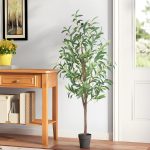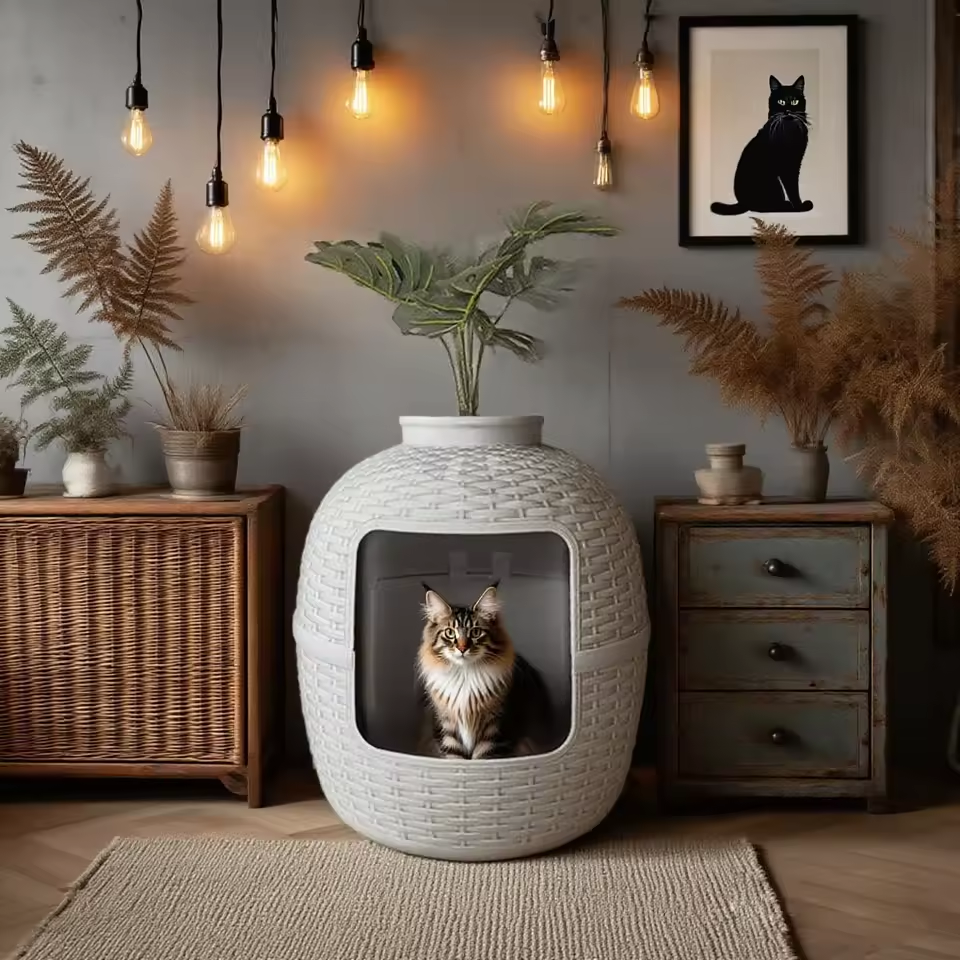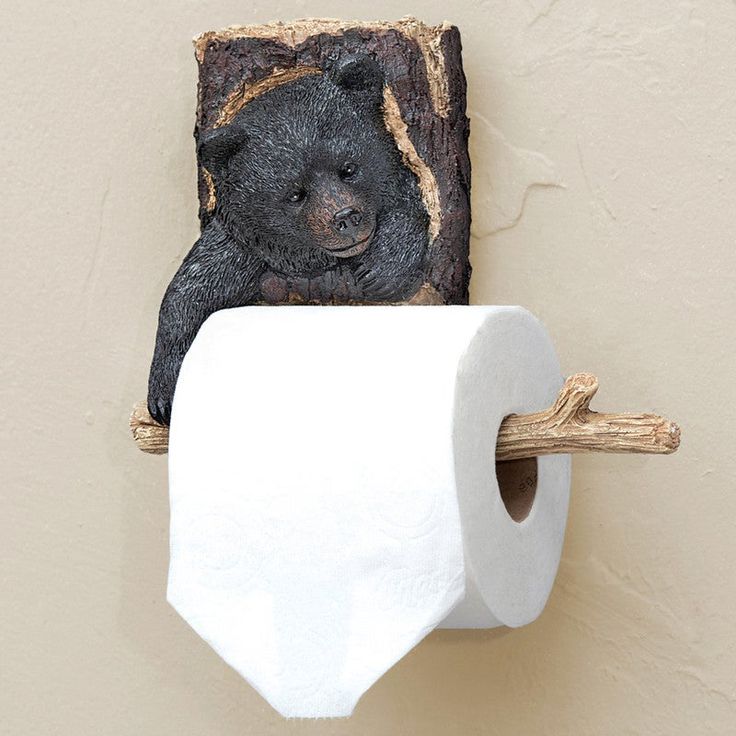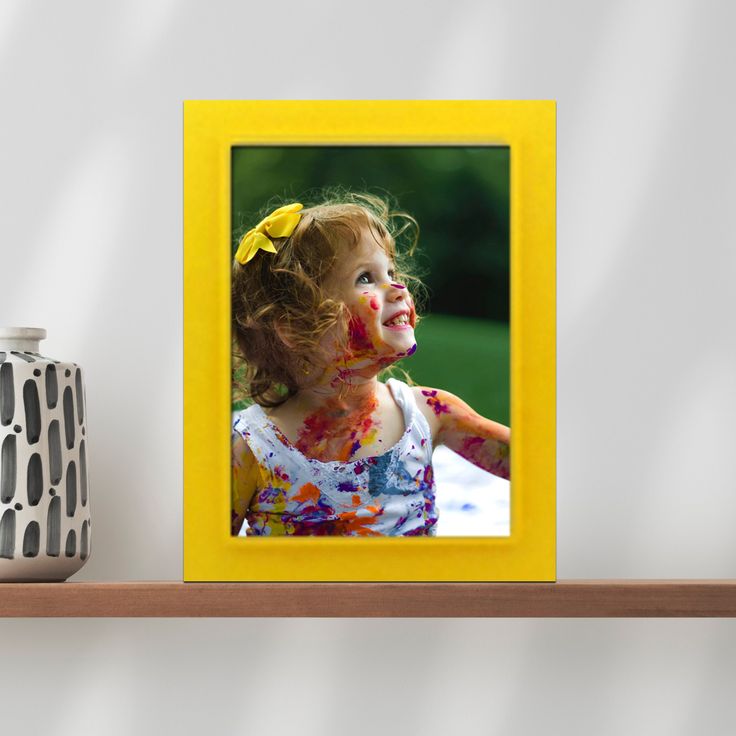When it comes to displaying cherished memories and art, a wooden picture frame offers both functionality and aesthetic appeal. However, selecting the right wood type for your frame can drastically impact the overall look, durability, and even cost. This article delves into various wood types used in making wooden picture frames and offers insightful guidance on making the best choice for your needs.
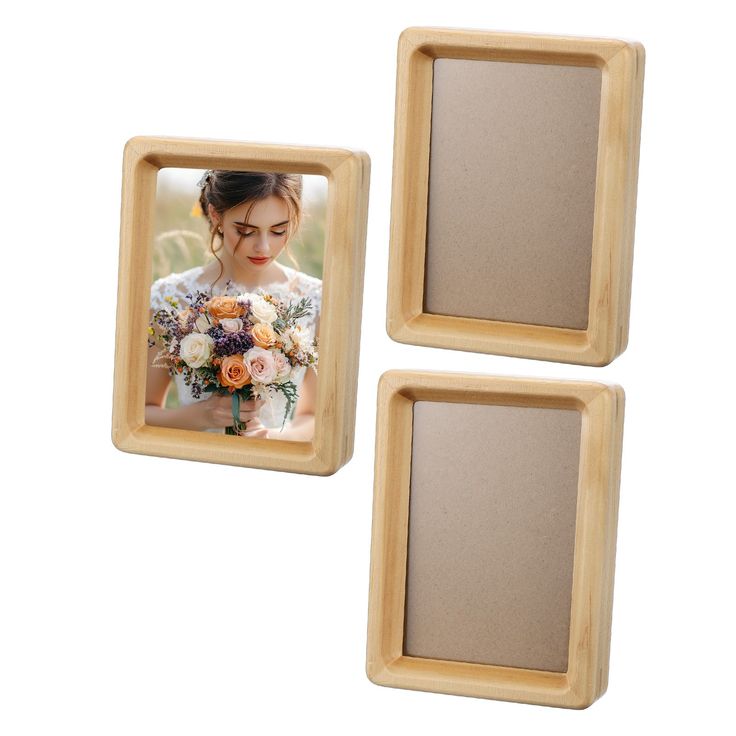
Understanding the Basics: Types of Wood
Choosing the right wood for your picture frame starts with understanding the basic types of wood. The two primary categories are hardwoods and softwoods. Hardwoods come from deciduous trees that lose their leaves annually. They are often denser, more durable, and generally more expensive. Common hardwoods include oak, maple, cherry, and walnut. Conversely, softwoods are derived from coniferous trees that remain evergreen and tend to be lighter and less dense. Fir, pine, and cedar are popular examples.
Each type has its unique characteristics. Hardwoods typically showcase a more refined appearance and stand up better against wear and tear. They often possess beautiful grain patterns, which lend themselves to elegant finishes. Softwoods, on the other hand, can be easier to work with and more cost-effective. They typically absorb paint and stain better than hardwoods, making them ideal for a wide range of decorative applications.
Understanding the differences in wood types offers an essential starting point for selecting the ideal material for your wooden picture frame. Consider your aesthetic preferences, budget, and the intended use of the framed piece when exploring options.
Oak: The Choice for Durability and Classic Style
Oak stands out as one of the most popular choices for wooden picture frames. It is renowned for its strength, durability, and timeless appeal. As a hardwood, oak can withstand the test of time, making it ideal for items that require long-lasting support. Its dense structure resists splitting and deforming, ensuring your frame maintains its integrity even under challenging conditions.
Moreover, oak boasts a distinctive grain pattern that adds visual interest to any frame. This wood is available in two primary varieties: red oak and white oak. Red oak features a warmer hue with prominent grains, while white oak showcases a cooler tone with a tight grain, often exuding a more polished appearance.
Many people appreciate oak for its versatility. You can leave it in its natural state or apply various stains and finishes to match your decor. In essence, oak is perfect for formal settings or casual home environments, making it a highly adaptable choice for any wooden picture frame design.
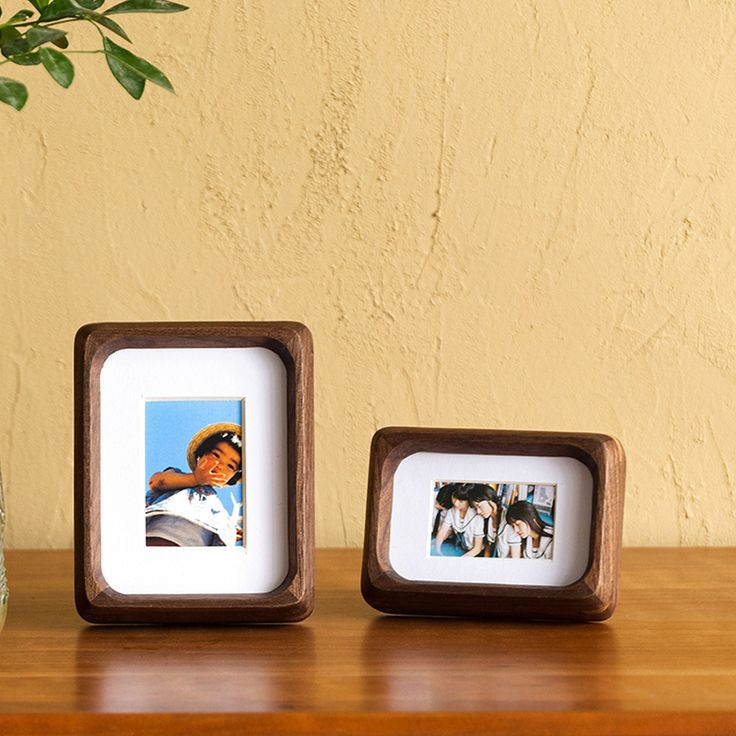
Maple: The Modern Aesthetic
Maple presents a modern option for those seeking a contemporary twist in their wooden picture frame. It features a fine and even grain, which lends itself well to clean lines and minimalistic designs. Maple’s light color allows for easy staining and can complement various styles, from rustic to modern.
Additionally, maple is a durable hardwood, which enhances the longevity of the picture frame while maintaining aesthetic appeal. It resists scratches effectively, making it suitable for high-traffic areas and homes with children and pets. Consider maple if you aim for a refined look while still prioritizing durability.
The sheer adaptability of maple makes it suitable for either a striking natural finish or a bold paint color. Appearing in both domestic and exotic varieties, maple offers choices that cater to individual preferences. Those aiming for a sleek, modern frame will find maple hard to beat, while its durability ensures it stands the test of time.
Walnut: Luxurious and Unique
Walnut is synonymous with luxury, making it a premier choice for wooden picture frames. Known for its deep hues and unique grain patterns, walnut adds an element of sophistication to any space. The color often ranges from rich brown to a dark chocolate shade, creating striking contrasts with light-colored walls or artwork.
Utilizing walnut for your picture frame provides a distinct character that few other woods can match. Each piece is unique, highlighting the natural beauty of the grain. In addition, walnut is a hard and durable wood, ensuring that the frame can bear the weight of larger artworks and photos without compromising its shape.
Walnut offers versatility in finishing options as well. Whether you choose to accentuate its natural luster or opt for a more subdued stain, walnut adapts beautifully. Every walnut frame becomes a statement piece, attracting attention and admiration. This wood type suits upscale environments like galleries and homes filled with fine art, making it a favorite among artisans and designers alike.

Pine: The Affordable and Versatile Choice
If budget is a primary concern, pine provides a practical solution for wooden picture frames. As a softwood, pine is less dense than hardwoods, which translates into a lighter frame. Although it may not offer the same level of durability as hardwoods, pine compensates with versatility and affordability.
Pine frames come in various styles, and their light color allows them to fit well in diverse settings. This wood accepts paint and stain exceptionally well, enabling extensive customization. So, you can easily create a vintage look or a bright pop of color to suit your decor.
Because pine is more readily available than many hardwoods, it often proves less expensive. This affordability makes it suitable for those seeking to furnish an entire home without incurring steep expenses. Consider pine if you’re creating a gallery wall or displaying art in more casual settings. Its versatility and cost-effectiveness make it a smart choice for various applications.
Cedar: Aroma and Insect Resistance
Cedar offers unique advantages for those considering wooden picture frames. Known for its pleasant aroma and natural insect-repellent properties, cedar can help preserve your artwork in additional ways. This characteristic makes it ideal for long-term storage frames, particularly in areas prone to pests.
Cedar possesses a warm color that enhances the rustic appeal of the picture frame. Its natural oily content makes the wood resistant to moisture, further preserving the integrity of any framed piece. Additionally, cedar’s beautiful grain adds visual warmth and texture, allowing your frame to become a centerpiece in any room.
Moreover, cedar takes stains and finishes well, creating opportunities for personalization. However, property owners should be aware that cedar typically presents a more casual or rustic aesthetic. This quality limits its suitability for high-end or formal settings. Therefore, if the goal is to curate an inviting atmosphere that feels cozy and welcoming, cedar is an excellent option.
Selecting the Right Finish for Your Wooden Picture Frame
After choosing the ideal wood type for your frame, consider what finish will best complement both the wood and surrounding decor. The finish enhances the wood’s characteristics while providing an additional layer of protection.
You have multiple options when it comes to decorative finishes. Natural oil finishes like Danish oil or linseed oil enhance the wood’s natural luster without altering its character. While these oils penetrating the wood grain, they simultaneously nourish the material, helping reduce the likelihood of cracks and splits.
Polyurethane provides a more robust solution, offering significantly increased durability. Available in matt, satin, or gloss options, it caters to different aesthetic preferences. However, polyurethane creates a barrier that prevents the wood from breathing, making it more suitable for gently used frames in dry environments.
You can also explore stains to alter the color of your selected wood type. Staining allows you to customize the appearance of the wood while highlighting its inherent grain patterns. When staining, always test the product on a small area to observe the outcome before committing to the entire frame.
Maintenance for Wooden Picture Frames
Once you’ve chosen the right wood type and finished your wooden picture frame, proper maintenance becomes essential in preserving its appearance and longevity. Regular care can prevent issues caused by dust, moisture, and light exposure.
Dust frames regularly with a soft, dry cloth to avoid scratches and minimize buildup. In environments like kitchens or workshops where moisture is prevalent, consider using a protective barrier such as glass or acrylic surfaces. This barrier prevents direct exposure to humidity, avoiding potential warping or mold growth.
Avoid placing wooden picture frames in direct sunlight, as UV rays can fade colors and diminish finishes over time. If you display pieces in well-lit areas, consider using UV-filtering glass, which protects the artwork while letting in light.
In case of spills or stains, gently wipe the affected area with a damp cloth, avoiding excess moisture that could compromise the wood. Every few years, reapply your finish as necessary to revitalize the wood, ensuring it remains beautiful for years to come.
Conclusion: Make an Informed Choice
Choosing the right wood type for your wooden picture frame significantly impacts both its appearance and durability. Different wood types, such as oak, maple, walnut, pine, and cedar, offer unique features that cater to various tastes and requirements.
Understanding the characteristics of each wood helps you select the best option for your specific project. Consider the aesthetics of your space, durability requirements, and your budget before making a decision. Whether you desire the luxury of walnut, the durability of oak, or the affordability of pine, you can create stunning frames that enhance your artwork’s display.
With the proper maintenance and care, your wooden picture frame will not only showcase your precious memories and art but also last for years, becoming an integral part of your home’s decor. Embrace the beauty of wood and infuse your living space with warmth and character through thoughtfully selected wooden picture frames.

